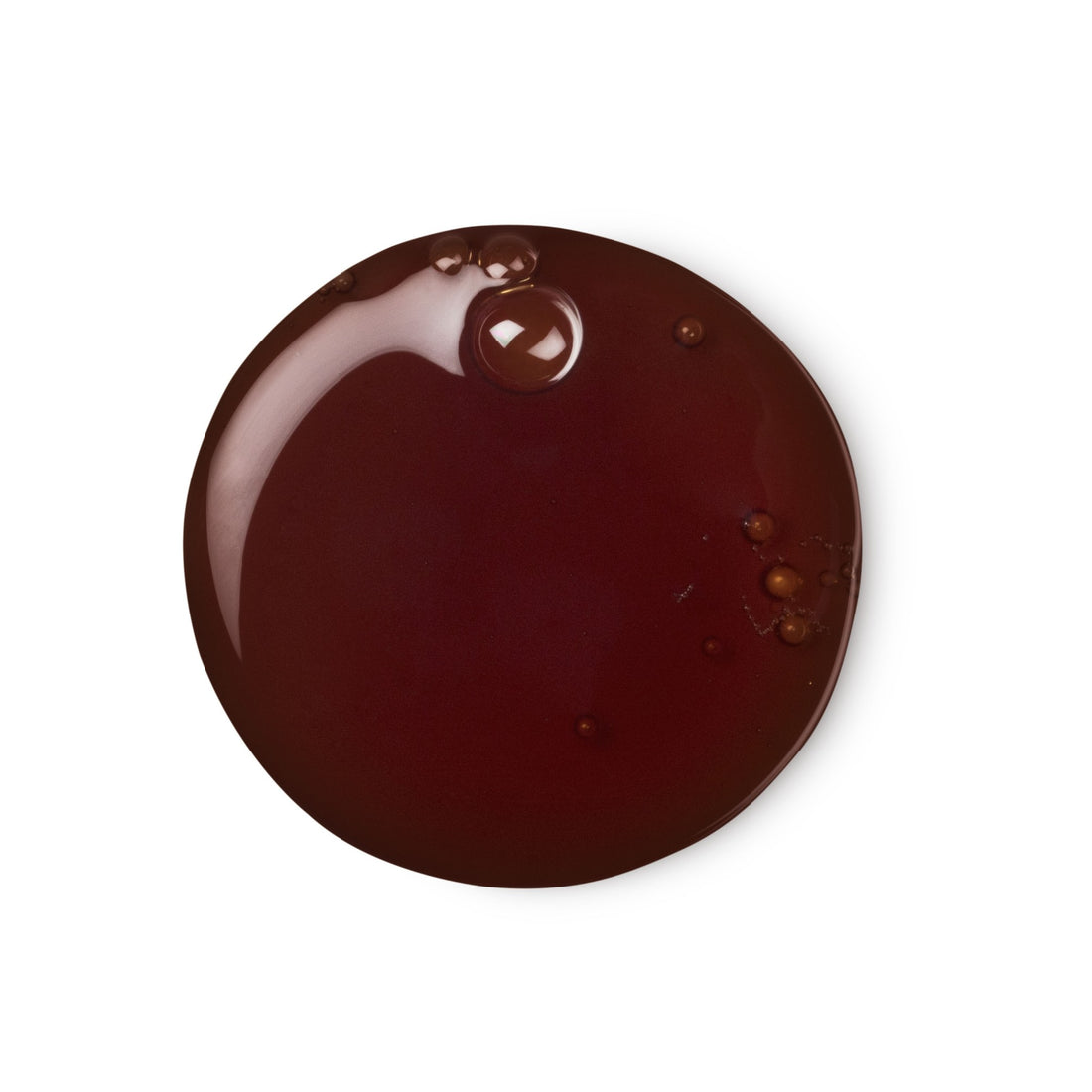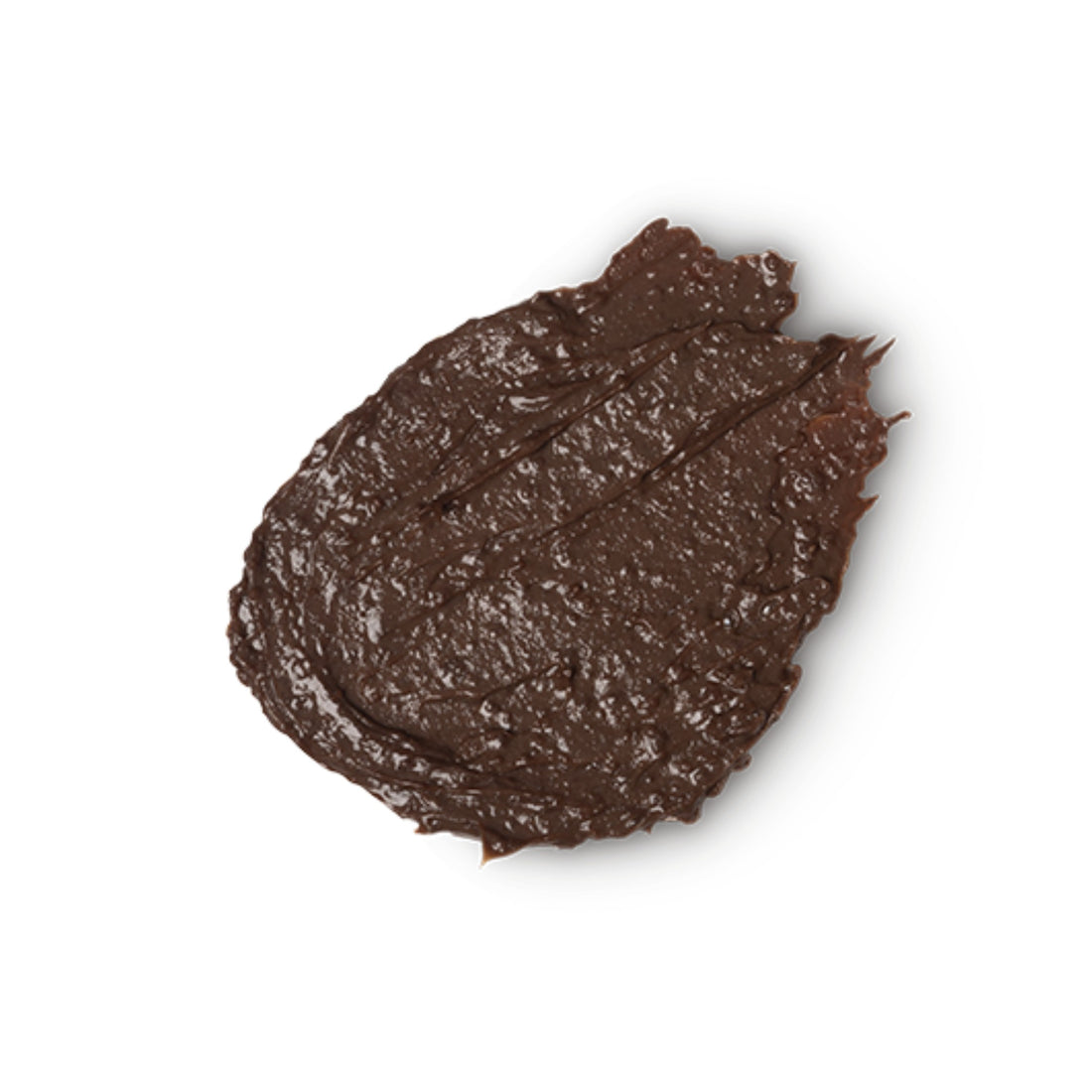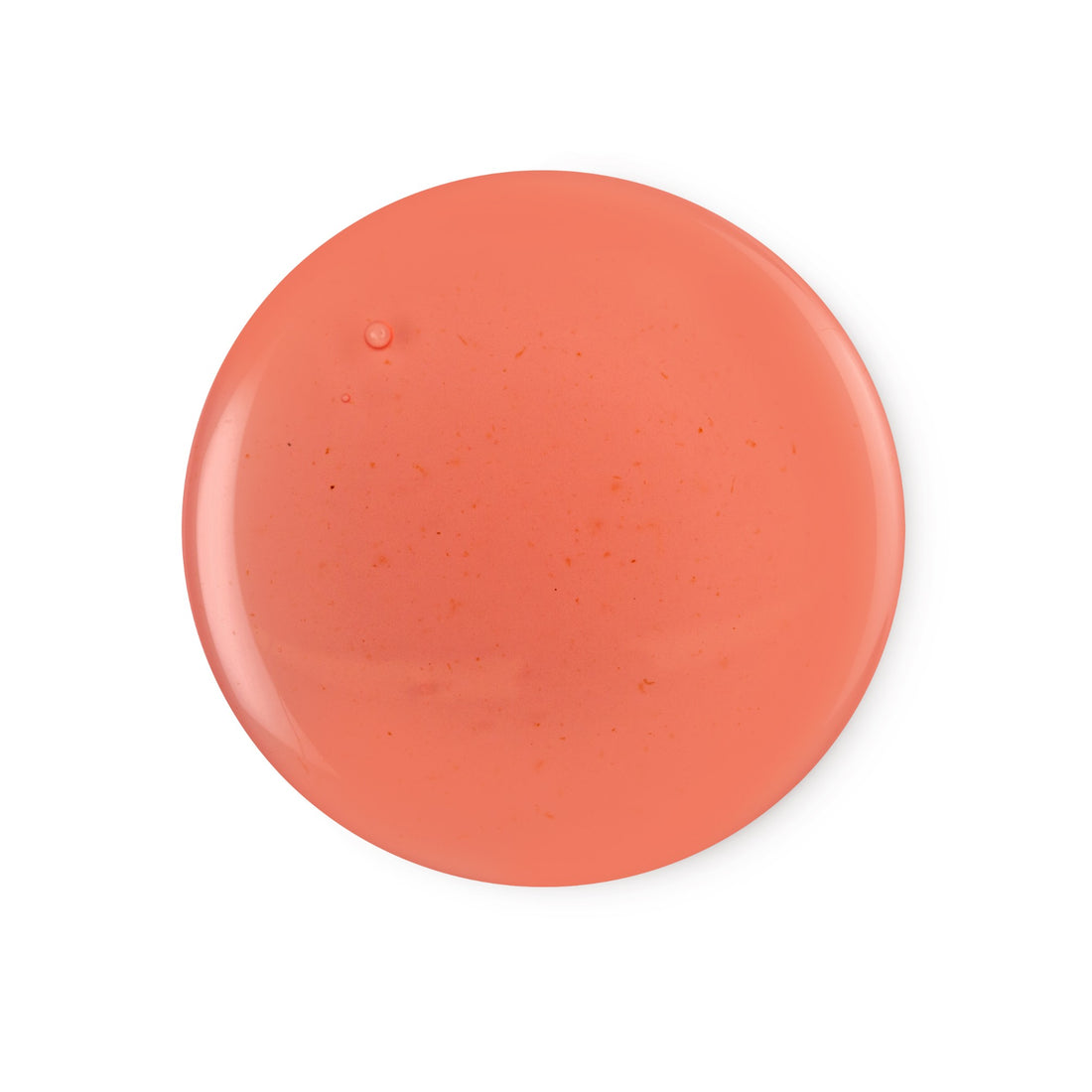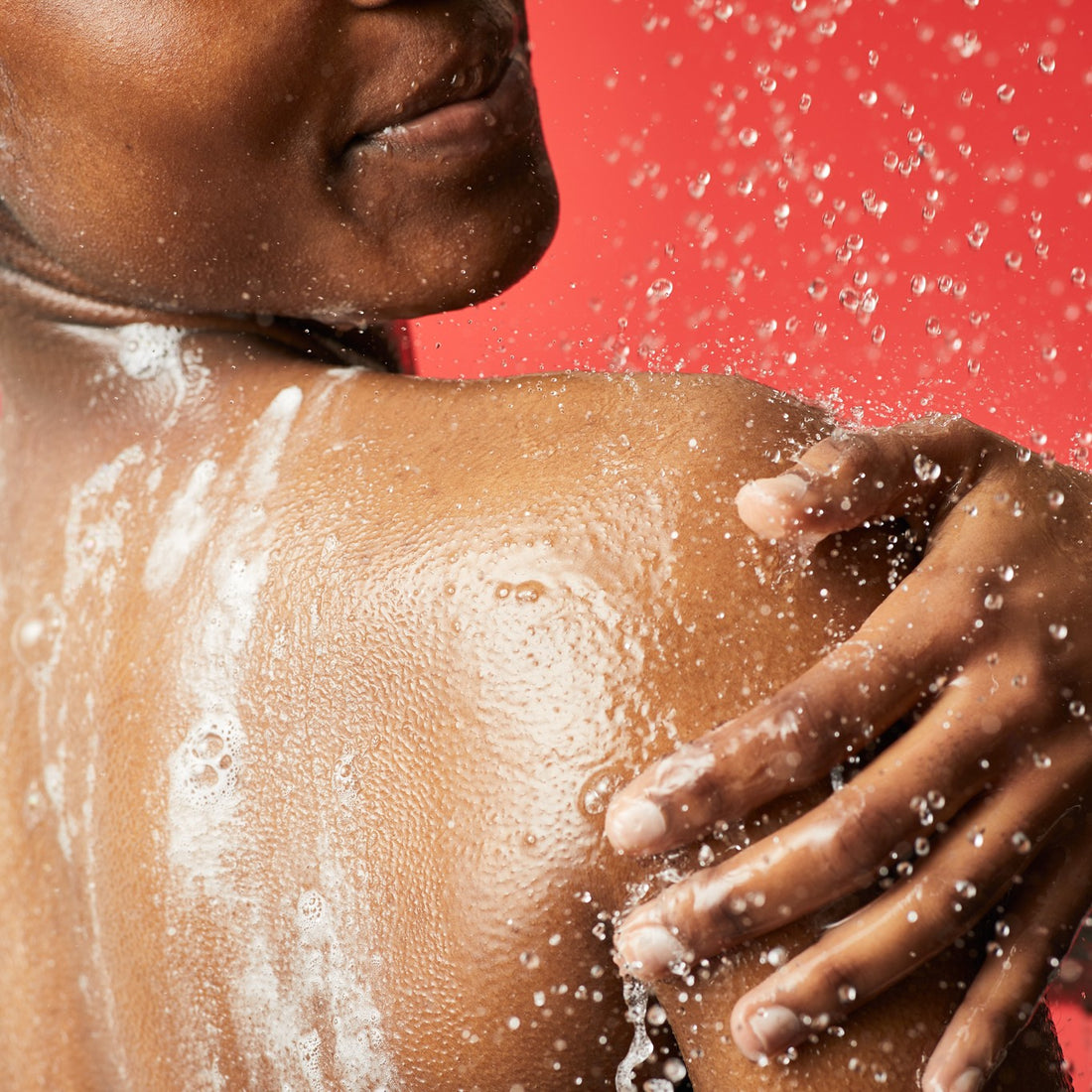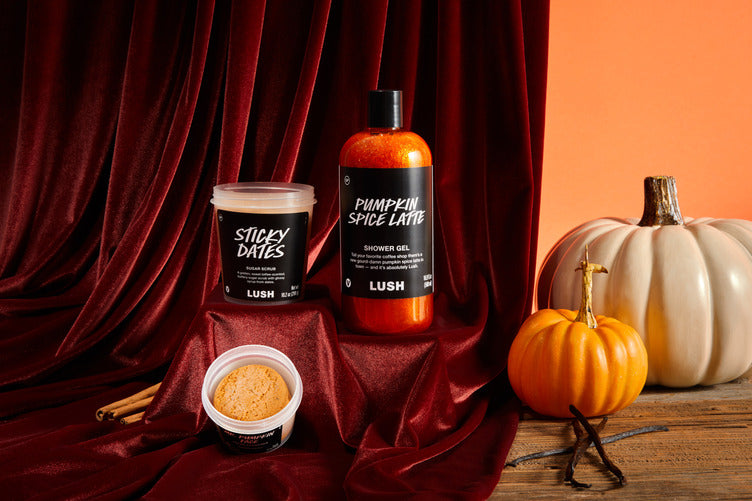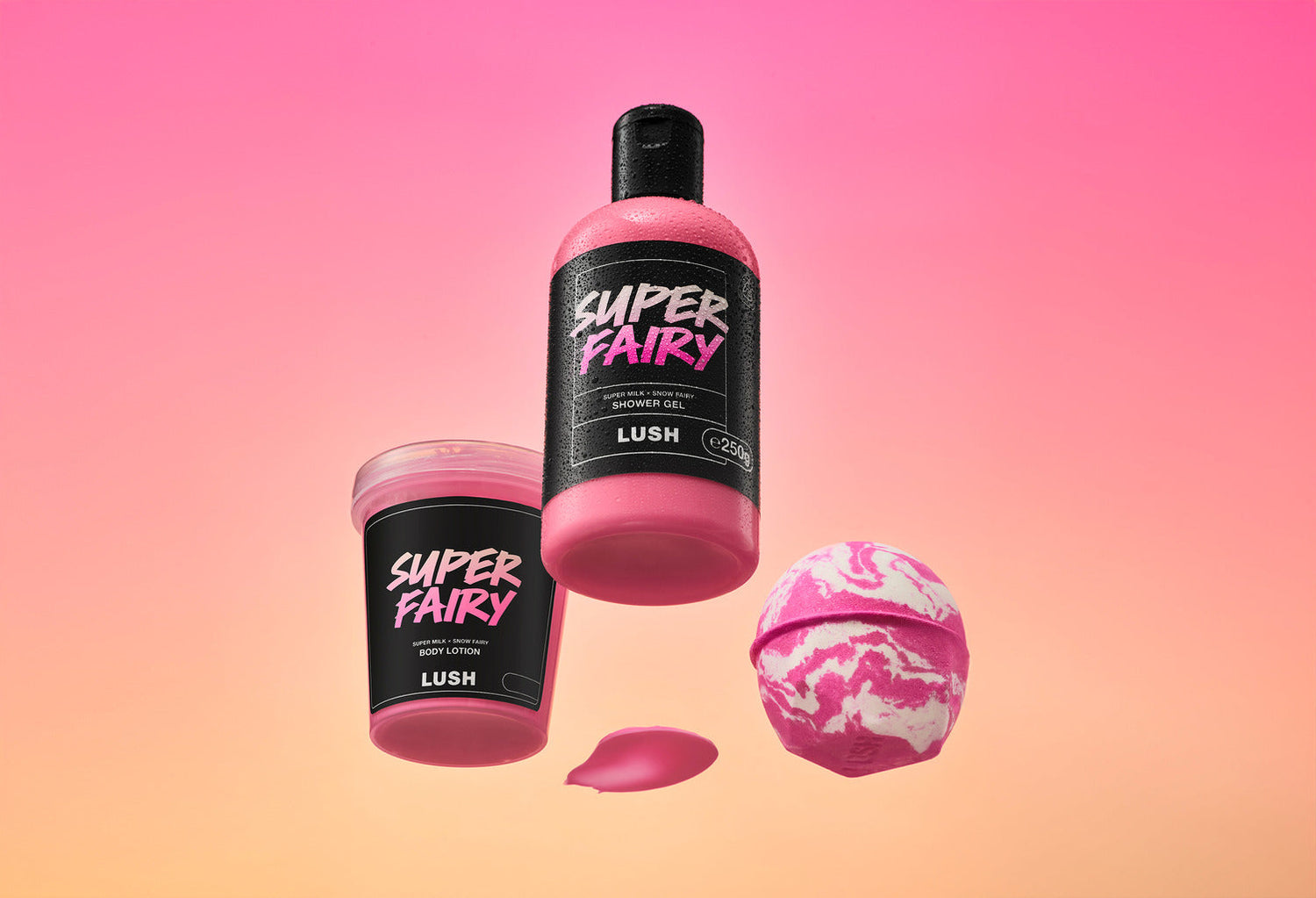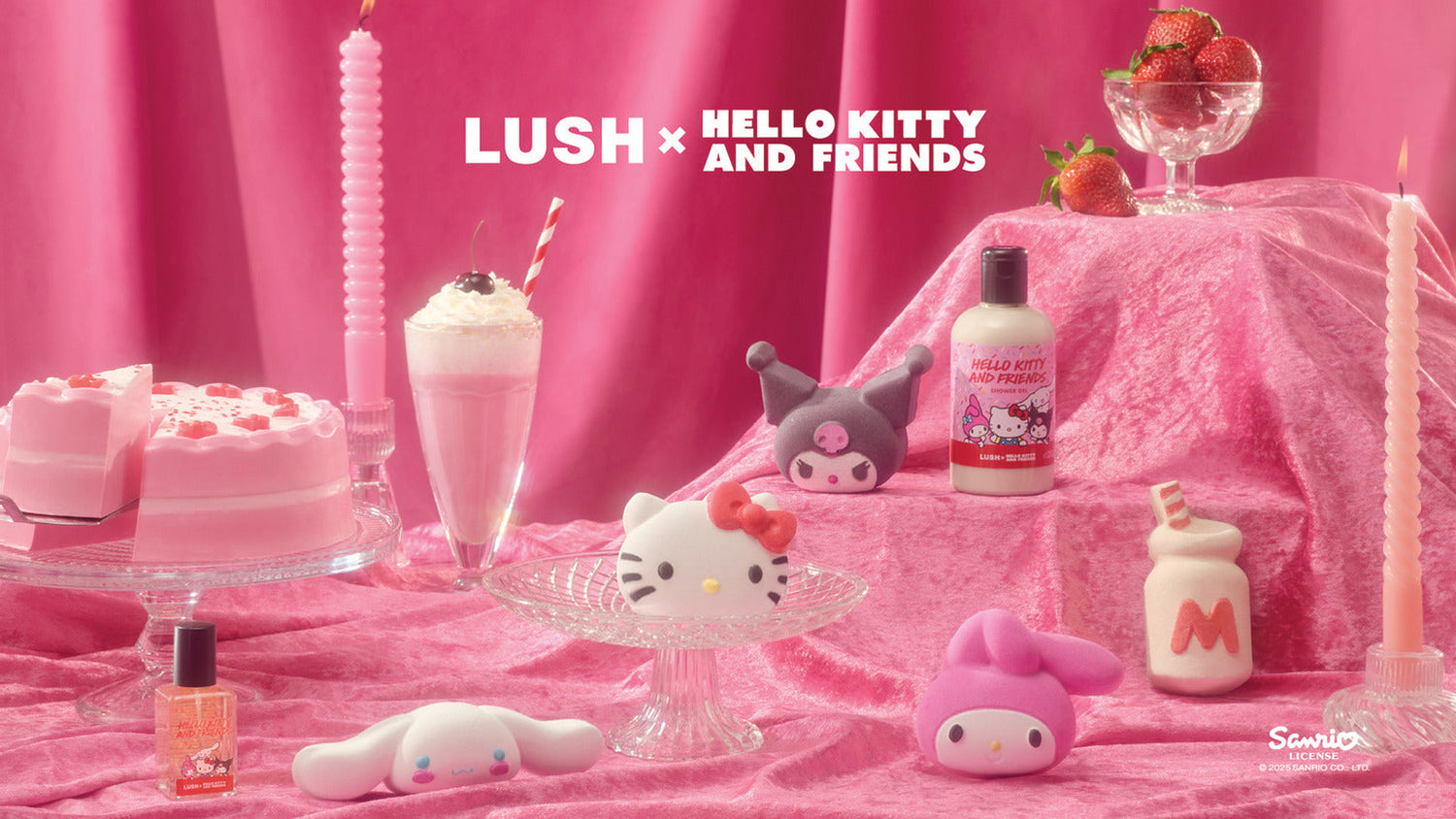Razzle dazzle them with glitter that doesn't equate to environmental damage or child labour.
Traditional glitters are majorly made up of PET or microplastics. These often end up in the ocean, damaging marine wildlife and polluting our seas with plastics that do not break down. But your love of glitter can be fulfilled without plastic. Among the alternatives a new kind of sparkle, made from synthetic fluorphlogopite (also referred to as synthetic mica) and borosilicate, is adding the dazzle to bath bombs, shower gels and all kinds of cosmetics.
Synthetic mica is created in a laboratory and designed to mimic the shimmer effect of natural mica, which is made up of natural minerals. Borosilicates are naturally derived thin glass flakes made of different minerals (i.e. calcium or sodium). Both the synthetic fluorphlogopite and borosilicates are used as substrate materials, coated with mineral and organic colourants to create gorgeous, colourful and glittery effects.
Like natural mica, synthetic fluorphlogopite and borosilicates are inorganic materials and the main action if released into the environment is sedimentation (or sinking to the bottom). Compared to PET or plastic-based glitters that have potential to build up and become toxic to marine wildlife, you can sit back and enjoy your bath safe in the knowledge it will have minimal impact on the environment.
While mica occurs naturally, the level of processing it undergoes to remove heavy metals or clean it can be very intensive. Once coated with the dye or pigment it is almost an inert material. So, whether it’s synthetic mica or natural mica, there’s always an element of chemical processing to make it safe for human use.
Our Ethical Buying decisions reflect the complexity of some of our supply chains. Synthetic fluorphlogopite is a material which demonstrates that natural is not always best. Lush made the decision to move to synthetic mica after encountering some difficulties with transparency in the natural mica supply chain which meant we could no longer guarantee there was no child labour used. You can read more about this in this comprehensive FAQ on Lush and mica. Since 1st January 2018, Lush stopped using natural mica in our products.
Lush products (sparkly or not) use colourants and materials that are safe for cosmetics and are controlled by cosmetic regulations which stipulate safe uses and percentages. Of all the glitter and lustre that flows out through your bathroom, some of which may make its way back to our waterways and oceans, it will be free of micro-plastics and stand against child labour.





